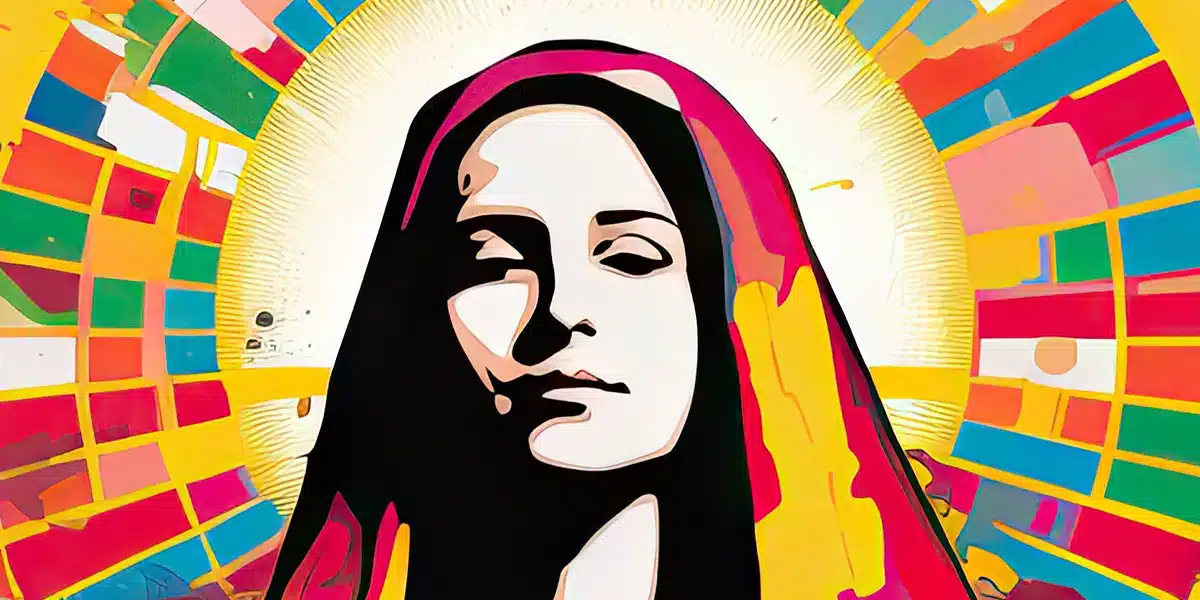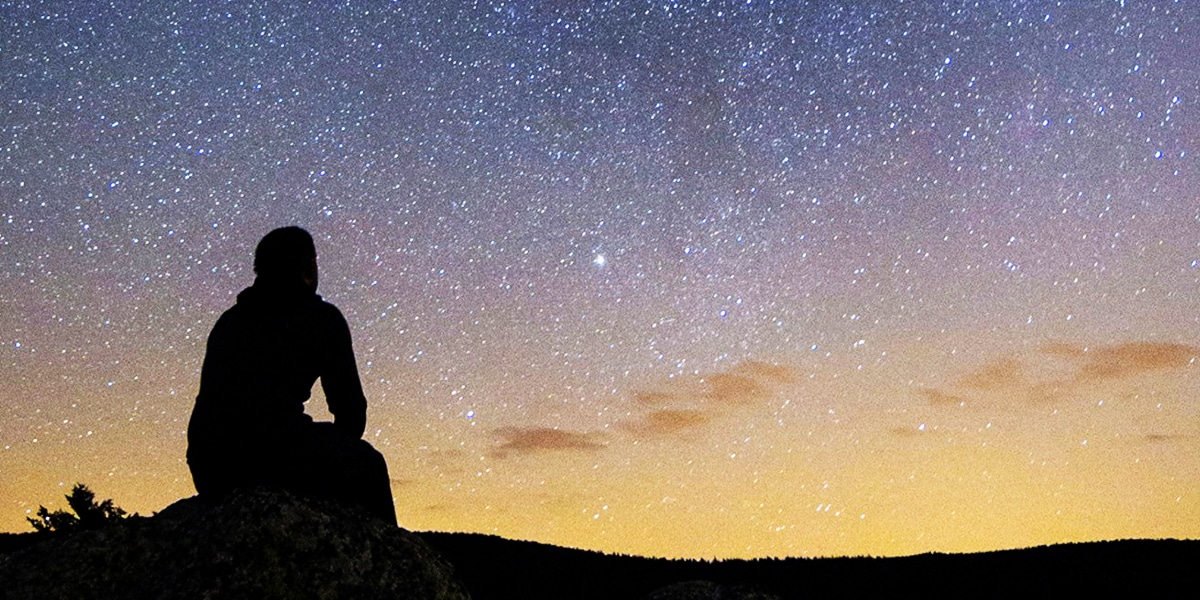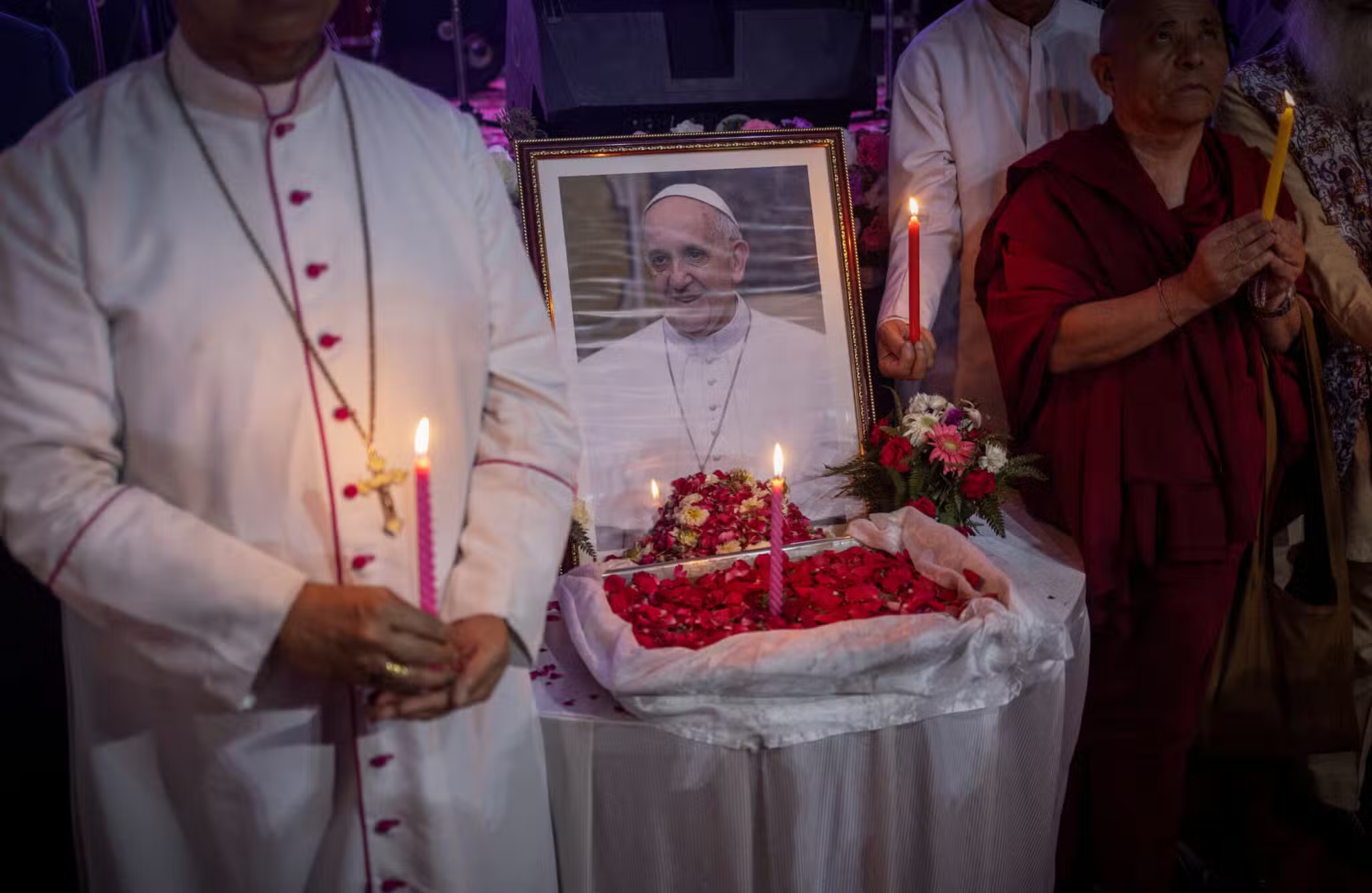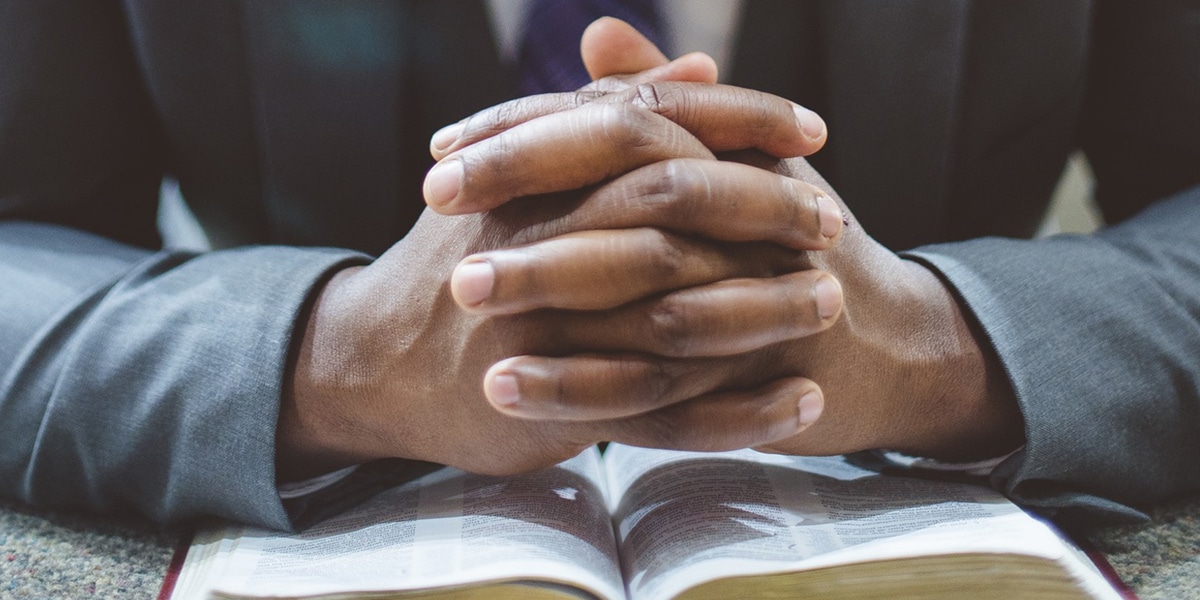This month, millions in Mexico and the United States celebrate their spiritual mother.
Even before the sun breaks through the horizon on December 12, the burst of firecrackers rings throughout Mexico to announce the greatest national fiesta of the year—the feast of Our Lady of Guadalupe.
At la Villa de Guadalupe, the National Sanctuary near Tepeyac Hill, pilgrims begin to arrive days earlier to camp out on the plaza surrounding the Basílica de Nuestra Señora de Guadalupe. Many travel for days to get there, entering la Villa on their knees as a sign of their devotion and gratitude for la Virgen Morenita’s protection. By nighttime on December 11, millions have already gathered and the monumental atrium leading to the basilica is standing room only. Much like a family member holding a beloved’s picture close to the heart, pilgrims carry images of their Mother Guadalupe on their backs, banners, and bodies.
For these faithful pilgrims, the chants, ballads, and traditional dances that are part of Guadalupe’s liturgical celebrations are well known. During the annual dance at Guadalupe Plaza, detailed ballads chanted by elder Indians have chronicled for hundreds of years every aspect of the Guadalupe story: the miracle of the roses, Juan Diego’s account, and the progression and care for the sacred image. Initially communicated only orally, the story of Guadalupe was first recorded through Aztec pictographic chronicles called mapas. The first authored document, “el Nican Mopohua,” was written in 1556 in the official language of the Aztec empire, Náhuatl.
Beyond Mexico, church and home altars honoring the dark-skinned Lady can be found throughout North and South America every December. A traditional Guadalupe celebration begins with las Mañanitas, a special serenade in her honor that takes place at the break of dawn on December 12.
Traditional commemorations include a festive Mass and fiesta, and a procession with children dressed in traditional costumes. The boys typically dress as Juan Diego with a painted mustache and wearing a shawl. The girls dress in multicolored embroidered blouses and flowered skirts—and carry baskets of roses that are placed before the Guadalupe image.
Celebrating Our Lady of Guadalupe always culminates with the reenactment of the familiar story. In 1531, just a few decades after Christopher Columbus arrived in the New World, the Mother of God appeared three times to a humble Chichimeca Aztec baptized as Juan Diego. Our Lady asked him to be her special messenger and provided proof of their encounters for a skeptical bishop in the form of two signs: a cloak full of fresh roses in December and a miraculous image of herself on Juan Diego’s tilma, or shawl.
Yet the Guadalupe apparition is not only one of the earliest Marian apparitions. It is also the only time in history that Our Lady has shared her portrait.
The Heart of the Guadalupe Message
It is not an exaggeration to say that the Guadalupe apparition is the greatest historical moment in the development of Christianity in America. A mere eight years after the apparition, 8,000,000 people had embraced the Catholic faith in the New World. Not only did Our Lady appear as an indigenous woman, but she also recruited an indigenous native from Cuautitlán to proclaim her message.
“The Blessed Mother has an interesting way of empowering the poor like Juan Diego,” explains Mark Zwick, founder and director of Casa Juan Diego Catholic Worker House in Houston. “You can’t speak that kind of empowerment. She chooses an indigenous person—and that’s revolutionary!”
Throughout history, Our Lady “chooses to appear almost exclusively to those who wouldn’t have a respectable place in society.”
Saint John Paul II, who in 1979 became the first pope to visit the shrine in Mexico City, described the Guadalupe event as “the beginning of evangelization with a vitality that surpassed all expectations. Christ’s message, through his Mother, took up the central elements of the indigenous culture, purified them, and gave them the definitive sense of salvation.” Together, Our Lady of Guadalupe and Juan Diego have a “deep ecclesial and missionary meaning and are a model of perfectly inculturated evangelization,” said the pope in his homily for Juan Diego’s canonization in 2002.
Patroness of the Americas
It is hardly a coincidence that in 1945, the year that World War II ended, Pope Pius XII looked at the suffering, fragmented world and declared Our Lady of Guadalupe patroness of the Americas.
He knew that both continents North and South, in many ways, share a common heritage—and future. In the words Our Lady spoke to Juan Diego: “I am your Compassionate Mother, yours, for you yourself, for everybody here in the land, for each and all together, for all others too, for all folk of every kind . . . here I shall listen to their groanings, to their saddenings; here shall I make well and heal up their each and every kind of disappointment, of exhausting pangs, of bitter pain.”









1 thought on “Our Lady of Guadalupe”
I’m a parishioner of Sanit Patrick church and organizer of our Lay of Guadalupe. This year I would like to use all the northern and southern america flags for our celebration but I need to order those flag and I don’t know what flags too order if you can help me.